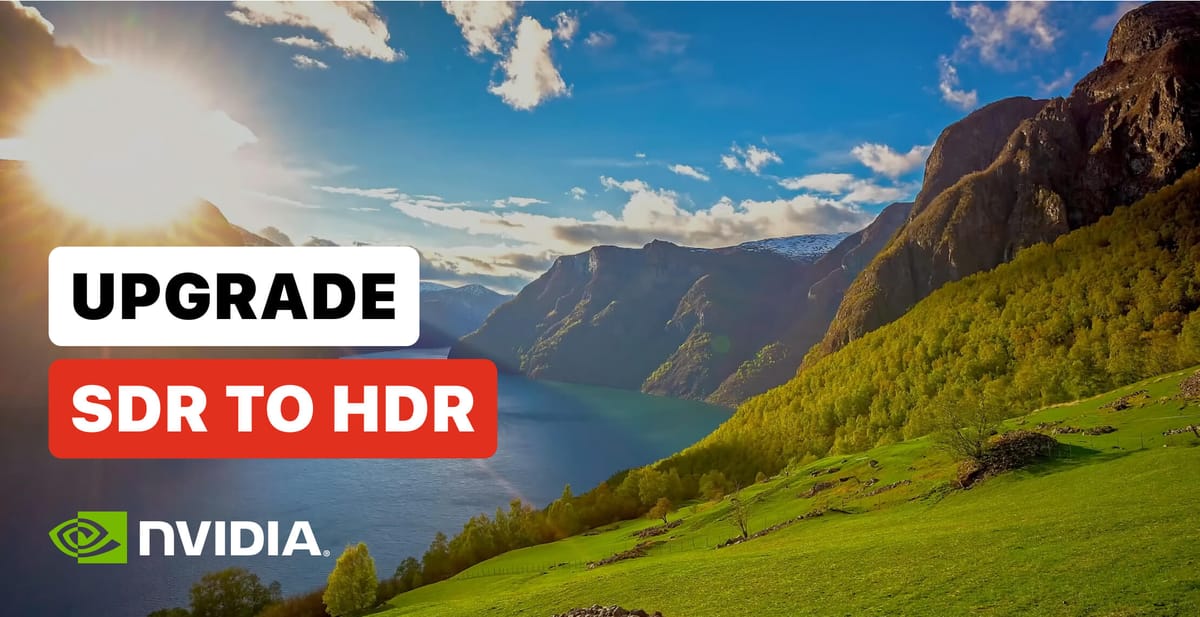
The internet today runs on streaming video, with sites like YouTube, Netflix and Twitch making up nearly 80% of global bandwidth. But while high-definition displays have become standard, less than 10% of streams meet that visual bar.
This creates a frustrating catch-22 for viewers. When watching a 1080p stream on a 4K monitor, for example, the video must scale up. Browsers mainly rely on basic interpolation methods that leave pictures softened and blurry.
Last year, NVIDIA took aim at this dilemma. They developed RTX Video Super Resolution, an AI-powered system to sharpen streamed video beyond what existing tools allow. It proved a breakthrough in restoring detail lost to aggressive compression codecs.
Now NVIDIA researchers have set their sights on another facet of lackluster streaming quality - color and contrast. At January's CES, they unveiled a new companion to RTX VSR – the RTX Video HDR.
This technology is designed to transform standard dynamic range (SDR) video into high dynamic range (HDR) on HDR10 displays. In essence, RTX Video HDR uses the power of AI to bring standard videos to life, infusing them with vivid colors and preserving intricate details that might be lost due to compression.
It does this by identifying areas in each frame that would benefit from expanded contrast and color depth. It then reconstructs those regions to display far more vivid and nuanced visuals that truly pop on HDR-capable displays.
According to NVIDIA, RTX Video HDR is capable of enhancing video from any source, including games, movie streaming services, video conferencing apps, and even user-generated content. It preserves intricate details that may otherwise become compressed during encoding.
RTX Video HDR launched as part of NVIDIA's January Studio Driver and is now available as a simple toggle option in the NVIDIA Control Panel. Once enabled, it automatically converts any SDR video displayed in Chromium-based browsers like Google Chrome and Microsoft Edge into a stunning, optimized HDR format.
With RTX Video HDR, NVIDIA is not just solving a current problem; it's paving the way for the future of digital visual experiences. It's yet another example of how AI is subtly yet significantly enhancing our digital lives and accelerating the evolution of our interaction with digital content. Combined with NVIDIA's DLSS 3 for fluid frame rates and Reflex for low latency, it suggests a future where cinematic-quality visuals are accessible across everyday consumer content.

